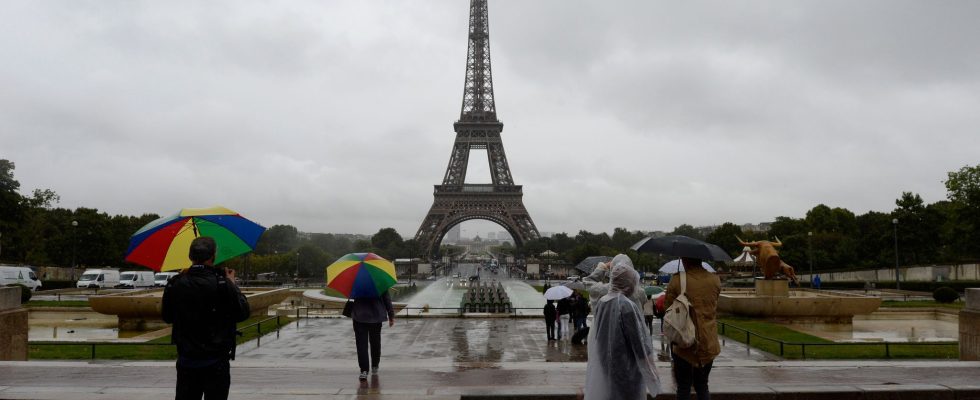Gray skies, showers and rather cold temperatures: this is the summary of the month of April for many French people. And yet, the weather turned out to be almost identical to normal for the season. It averaged 11.8°C according to Météo France, only 0.1°C above the normals recorded between 1991 and 2020.
“Day after day, the minimums and maximums oscillated around normal, with no episode of late frosts and no marked mild peak across the country,” explained Météo France. In terms of precipitation, there was no big difference either: they were “normal”, with however strong regional disparities. The northern half saw plenty of showers while the southern half faced a lack of rain, with some departments experiencing drought, such as Pyrénées-Orientales and Alpes-Maritimes.
15 months of above normal temperatures
So where does this impression of capricious weather come from? “April was a normal month”, confirms to L’Express Nathalie Huret, professor of physico-chemistry of the atmosphere at Clermont Auvergne University. “It was the previous months that weren’t normal.” And for good reason: since February 2022, i.e. for fifteen months, the monthly average temperatures have been systematically higher than normal. The differences can be slight, as in recent weeks, or much more significant, as in August 2022, when the average temperature was 2.3°C higher than normal for the season.
So we got “accustomed” to milder temperatures and less frequent rainfall. “We have a quick perception of time”, notes Nathalie Huret. “As a human being, I cannot remember the weather in April last year. So I am comparing with previous months.” And this even if they were abnormally hot. However, the saying had warned: “In April, do not discover yourself by a wire.”
